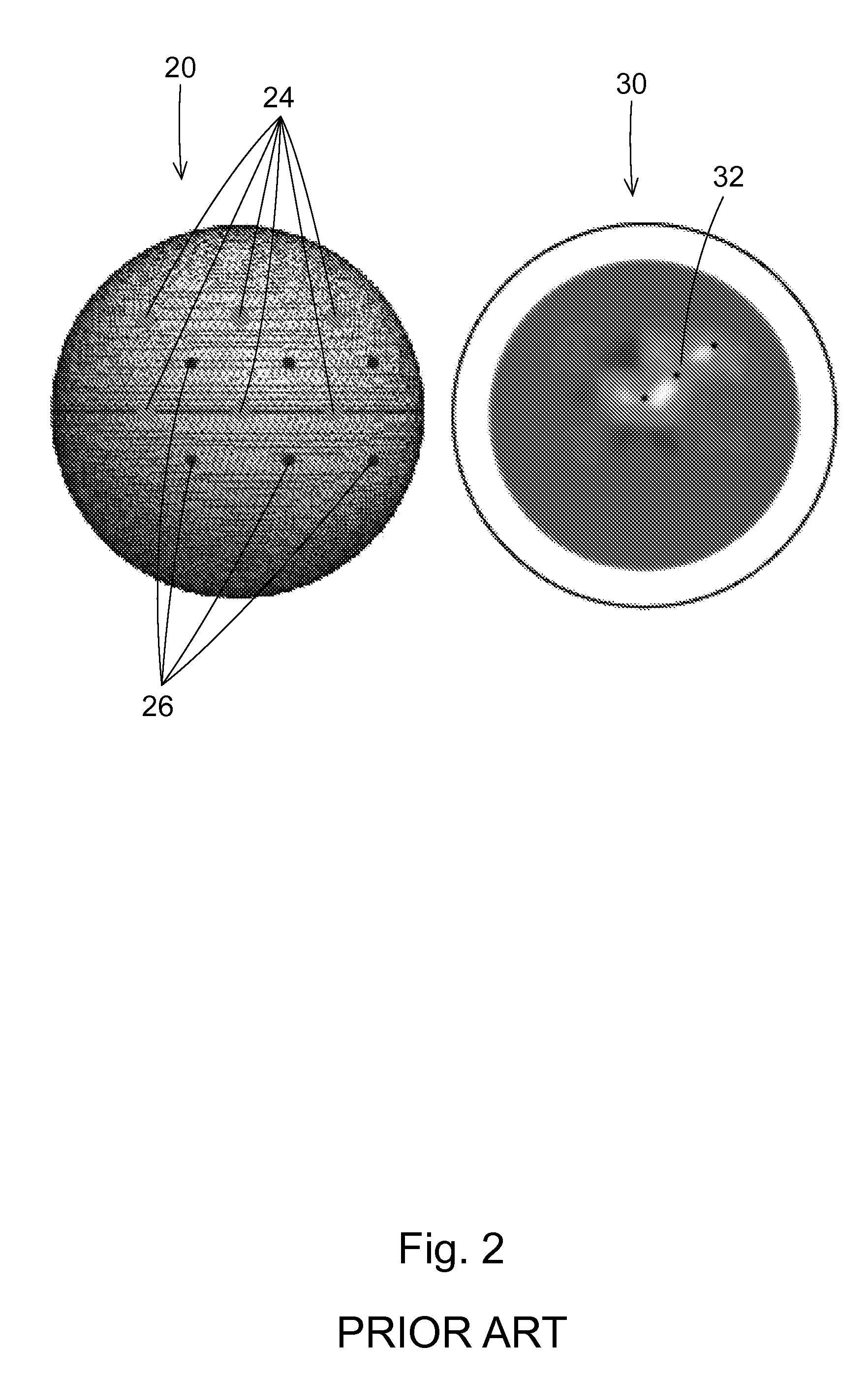High performance imaging system for diffuse optical tomography and associated method of use
a technology of optical tomography and imaging system, which is applied in the field of high-performance imaging system for diffuse optical tomography and associated methods of use, can solve the problems of unmet challenges, limited lateral resolution of type of system and use of nearest neighbor optode pairs, and significant scanner noise, and achieve high dynamic range, high speed, and high performance
- Summary
- Abstract
- Description
- Claims
- Application Information
AI Technical Summary
Benefits of technology
Problems solved by technology
Method used
Image
Examples
Embodiment Construction
[0032]In the following detailed description, numerous specific details are set forth in order to provide a thorough understanding of the invention. However, it will be understood by those skilled in the art that the present invention may be practiced without these specific details. In other instances, well known methods, procedures, and components have not been described in detail so as not to obscure the present invention.
[0033]An improvement over diffuse optical imaging is a dense grid imaging array as shown in FIG. 5 and is generally indicated by numeral 15. In this situation, measurements are taken over multiple source detector distances with the sources identified by numeral 12 and detectors indicated by numeral 14. This high density array significantly improves lateral resolution and allows for volumetric localization of the functional signals. This is also known as depth profiling. These high density diffuse optical arrays involve many more source detector measurements with o...
PUM
 Login to View More
Login to View More Abstract
Description
Claims
Application Information
 Login to View More
Login to View More - R&D
- Intellectual Property
- Life Sciences
- Materials
- Tech Scout
- Unparalleled Data Quality
- Higher Quality Content
- 60% Fewer Hallucinations
Browse by: Latest US Patents, China's latest patents, Technical Efficacy Thesaurus, Application Domain, Technology Topic, Popular Technical Reports.
© 2025 PatSnap. All rights reserved.Legal|Privacy policy|Modern Slavery Act Transparency Statement|Sitemap|About US| Contact US: help@patsnap.com



